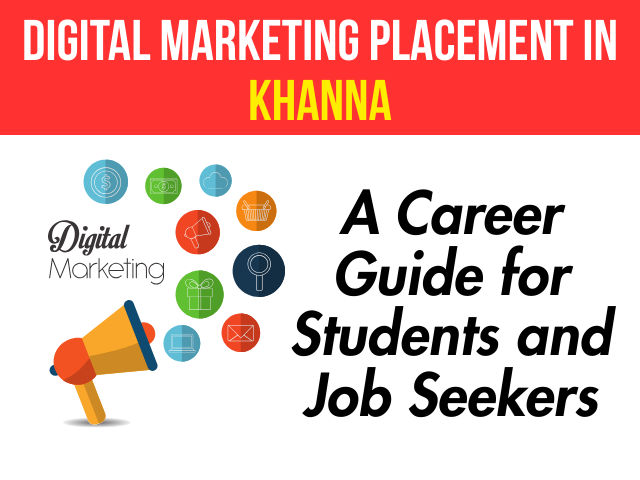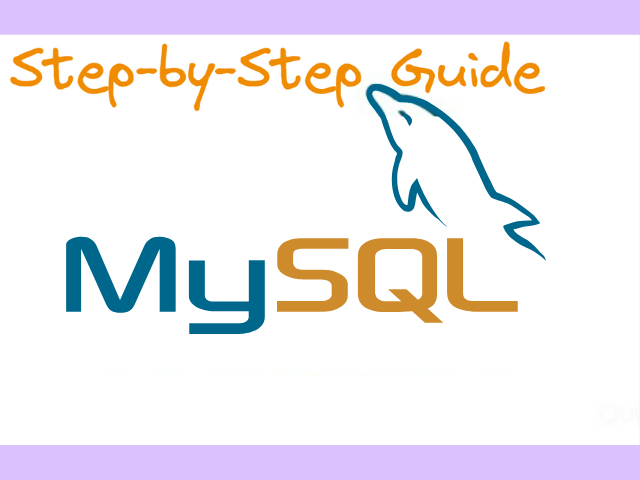Digital Marketing Placement in Khanna – A Career Guide for Students and Job Seekers
Digital Marketing Placement in Khanna – A Career Guide for Students and Job Seekers Digital Marketing Placement in Khanna – A Career Guide for Students and Job Seekers In today’s fast-changing world, digital marketing has become one of the most promising career fields. Every small shop, coaching center, startup, and multinational company is now shifting online to promote their services and connect with customers. This huge demand has created thousands of jobs for skilled digital marketers across India. Interestingly, even smaller cities like Khanna in Punjab are now becoming hotspots for digital marketing training and job opportunities. If you are a student or job seeker in Khanna, digital marketing can give you the right skills to start a successful career. In this blog, let’s explore the scope of digital marketing placements in Khanna, job roles, salaries, and how you can build a rewarding career in this field. Why Choose Digital Marketing as a Career? Digital marketing is not limited to running Facebook ads or posting on Instagram. It is a complete strategy that includes Search Engine Optimization (SEO), Google Ads, Email Marketing, Content Creation, YouTube Marketing, and much more. Businesses need digital marketers to increase visibility, generate leads, and boost sales. Here are some reasons why digital marketing is an attractive career option: High demand – Every business needs online promotion. Good starting salary – Even freshers earn well compared to many traditional jobs. Multiple roles – SEO executive, social media manager, content creator, PPC expert, etc. Freelance opportunities – Work for clients worldwide from your own home. Fast growth – With experience, you can become a manager or consultant. For students in Khanna who want a skill-based career, digital marketing offers both job security and freedom to grow. Digital Marketing Training in Khanna Khanna has several coaching centres and institutes offering professional digital marketing courses. These institutes provide both theoretical knowledge and practical training on live projects. One such reputed institute is the Microwave Computer Institute, Khanna, which trains students in: On-page & Off-page SEO Google My Business optimization Social media ads (Facebook, Instagram) Email marketing campaigns YouTube channel creation & promotion Graphic designing (logos, posts, thumbnails) The best part is that these institutes also provide placement assistance. Students not only gain skills but also get connected to local companies, startups, and sometimes even remote job opportunities. Scope of Digital Marketing Placements in Khanna Although Khanna is a smaller city compared to Chandigarh or Delhi, the demand for digital marketers is rising quickly. Local businesses like restaurants, gyms, boutiques, schools, coaching centres, and real estate agencies are actively looking for digital marketing support. Some of the popular job roles available in Khanna include: SEO Executive – Optimizing websites to rank higher on Google. Social Media Manager – Managing business pages on Facebook, Instagram, LinkedIn, etc. Content Creator – Designing creatives, videos, and thumbnails. Google Ads Specialist – Running paid ad campaigns for lead generation. Freelancer / Consultant – Offering services to multiple clients locally and globally. Thus, digital marketing placements in Khanna are not limited to working in a company—you can also become self-employed and work on projects independently. Salary Packages in Digital Marketing One of the main attractions of this career is the salary. In Khanna, a fresher digital marketing executive usually earns between ₹12,000 – ₹20,000 per month. With 2–3 years of experience, salaries can rise to ₹30,000 – ₹50,000 per month depending on skills. Apart from jobs, freelancing also offers great opportunities. Platforms like Fiverr, Upwork, and Freelancer allow you to charge in dollars. For example, even a $5 project can bring you around ₹400–₹450, and multiple projects can easily add up to a strong monthly income. Why Khanna is a Good Choice for Digital Marketing Placement While big cities like Chandigarh or Delhi have more companies, Khanna has its own advantages: 1. Affordable training fees – Institutes in Khanna are budget-friendly. 2. Growing local market – More businesses are shifting online every year. 3. Direct placement support – Institutes connect students with local clients. 4. Less competition – Easier to get noticed compared to metros. 5. Work-life balance – Stay near your family without high living costs. This makes Khanna a great starting point for students who want to learn and work without moving to expensive metro cities. How to Secure Placement After a Course Completing a course is only the first step. To secure a job, you must also: Build a portfolio – Showcase your SEO projects, ads, and social media campaigns. Work on live projects – Gain hands-on experience with real businesses. Stay updated – Digital trends change fast; keep learning new tools. Do freelancing – Even small freelance projects add credibility to your resume. Earn certifications – Google, HubSpot, and Facebook certifications increase your chances of placement. Most institutes in Khanna provide resume workshops, mock interviews, and internship opportunities to help students confidently apply for jobs. Future of Digital Marketing Placements in Khanna The future looks very promising. With e-commerce and online shopping becoming common, even small-town businesses in Khanna want to grow digitally. This means the demand for digital marketers will continue to increase. Moreover, the option of remote jobs allows Khanna-based professionals to work for clients in Delhi, Mumbai, Bangalore, or even abroad, without relocating. This flexibility makes digital marketing one of the most rewarding careers for youth in Khanna. Conclusion Digital marketing is no longer just a trend—it is the backbone of modern business. For students in Khanna, it offers exciting opportunities to build a career locally as well as globally. Whether you choose to work in a company, join a startup, or start freelancing, the possibilities are endless. If you want to build a successful career, now is the right time to enroll in a professional course, gain hands-on experience, and grab placement opportunities in Khanna. Ready to get started learning Digital Marketing Placement in Khanna – A Career Guide for Students and Job Seekers Register for a free demo. Get more details regarding Powerpoint Phone no. …
Digital Marketing Placement in Khanna – A Career Guide for Students and Job Seekers Read More »




